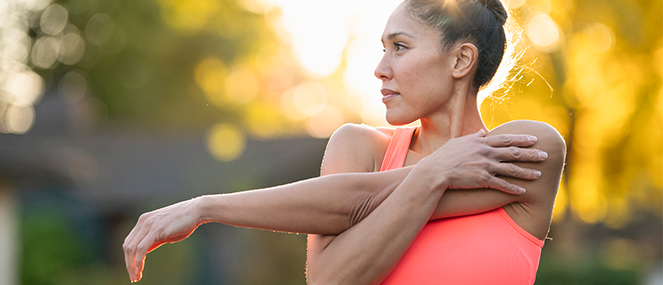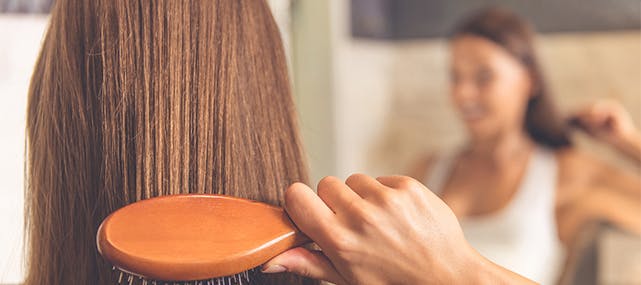
- Health hub/
- Women's health/
- Prostaglandins, dietary oils and the menstrual cycle


Prostaglandins
Prostaglandins are the name given to an extended family of short-lived, hormone-like compounds that are made in most cells in the body and are known to control inflammation.
Period pain, PMS and heavy menstrual bleeding, as well as breast pain, are influenced by two types of prostaglandins: those that cause inflammation, muscle spasm and swelling in tissues, and those that have opposite effects.
Several factors in the body control which type of prostaglandins are made: one important factor is dietary oils.
Dietary fats
Depending on the types of fats that are consumed in the diet, prostaglandin balance can be tipped like a set of scales, producing more of one type of prostaglandins and less of another. Lets take a closer look at the types of fats that are beneficial and how we can get more of them.
Omega-3 fatty acids
There are three important omega-3 fatty acids: one is alpha-linolenic acid (ALA), found in seeds and green leafy vegetables. The other two, EPA and DHA, are the oils found in cold water fish and marine animals. Omega-3s are considered to be low in western diets, with therapeutic amounts of omega-3s being approximately 3000 mg/day.
Approximate amounts of omega 3s per 100 g of foods are:
- Salmon: 1.2 g/100g
- Sardines: 1.5 g/100g
- Tuna: 1.3 g/100g
Omega-6 fatty acids
Omega-6 fatty acids can be found as: linoleic acid from sunflower, corn and soya oils; gamma-linolenic acid (GLA) in evening primrose, starflower and starflower oil; and arachidonic acid from meat, eggs, and prawns.
Amounts of omega-6 fatty acids are considered to be high in the western diet, as margarines, processed/fast foods and cooking oils contain high amounts of omega-6s.
GLA can be found in:
- Evening primrose oil: 10 g/100g
- Black currant oil: 18 g/100g
- Borage seed oil: 24 g/100g
Tips to boost those ‘good’ prostaglandin levels
- Cut down on saturated fat and limit omega-6s in the form of arachadonic acid. Try and have 2-3 fish meals a week, and limit dairy foods, red meat and chicken.
- Make sure you are getting your B vitamins, from whole grains and cereals, as they help the body convert your dietary oils into the “good” prostaglandins.
- Exercise regularly to reduce the production of excess oestrogen. This is key, as excess oestrogen may stimulate the inflammatory prostaglandins.
- Fibre may also help eliminate excess oestrogen. It is suggested to consume 30 g/day of dietary fibre.
References available on request




